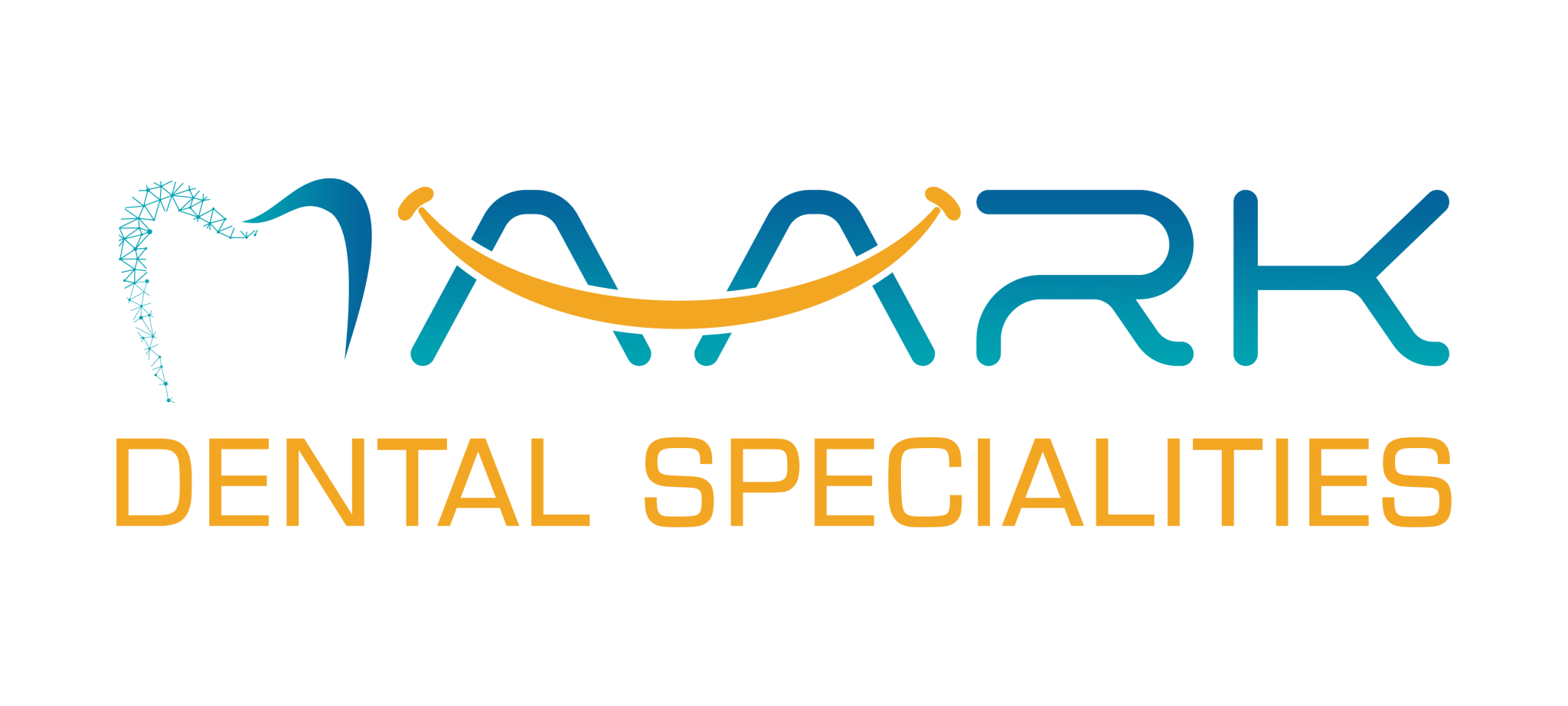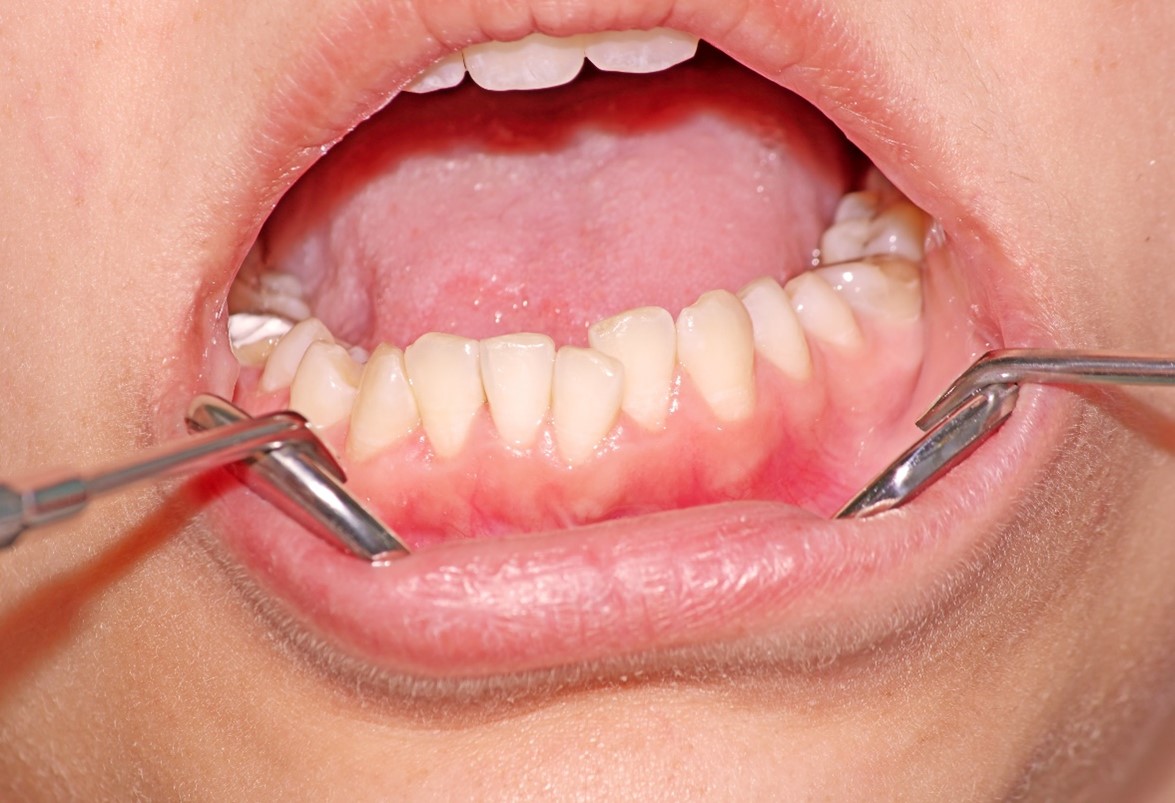Malocclusion, commonly known as a "bad bite," is a prevalent dental issue when the mouth is closed, and the upper and lower teeth are misaligned.
This misalignment can result from
- Overcrowded teeth
- Crooked teeth
- Misaligned jaw.
Symptoms and Causes
Malocclusion can present with various symptoms, including a noticeable overbite or underbite, discomfort when biting or chewing, and sometimes speech difficulties.
The primary causes include:
- Crowded Teeth: When teeth are too large for the jaw, causing them to overlap or be crooked
- Thumb Sucking: Early childhood thumb sucking can affect tooth and jaw alignment
- Tooth Loss: Loss of a tooth can lead to issues with the alignment
- Inherited Conditions: Genetic factors can lead to jaw issues that cause teeth misalignment
While teeth grinding (bruxism) is often linked to stress and may exacerbate dental issues, it is not a primary cause of Malocclusion.
Malocclusion can also lead to temporomandibular joint (TMJ) disorders that impact the jaw joints and the surrounding muscles.
Diagnosis and Tests
Diagnosing malocclusion typically involves a dental examination, where a dentist evaluates the alignment of teeth.
They may use dental X-rays and impressions to assess the extent of the misalignment.
Malocclusion is categorized into three classes:
- Class 1: The bite is generally expected, with A minor overlap of the upper teeth over the lower teeth.
- Class 2: Known as retrognathism or overbite, this class features a significant overlap of the upper teeth over the lower teeth.
- Class 3: Also called prognathism or underbite, this class occurs when the lower jaw protrudes significantly, resulting in the lower teeth overlapping the upper teeth.
Management and Treatment
Malocclusion varies depending on its severity. Options include:
- Braces: Traditional metal or ceramic braces apply gentle, consistent pressure to realign teeth over time.
- Aligners: Clear, removable plastic aligners can gradually shift teeth into proper alignment without metal brackets.
- Tooth Extraction: In some cases, removing teeth may be necessary to reduce overcrowding.
- Surgery: surgical intervention may be needed to correct jaw misalignments or fractures in severe cases.
Prevention and Outlook
Most malocclusion cases are hereditary and cannot be prevented.
However, you can take preventive steps by discouraging thumb-sucking in children and replacing lost teeth with dental implants or bridges to avoid shifting.
Treatment duration varies, typically from several months to a few years, based on the
- Severity of the misalignment
- Available space in the mouth
and overall dental health.
Regular follow-ups with an orthodontist and good oral hygiene are crucial for successful outcomes.
Take Action: If you suspect you have Malocclusion or are experiencing symptoms, consult your dentist or orthodontist. Early intervention can prevent complications and improve both dental function and self-esteem.
Contact Us Today For a consultation or more information about malocclusion treatments.We're here to help you achieve a healthy, confident smile!



